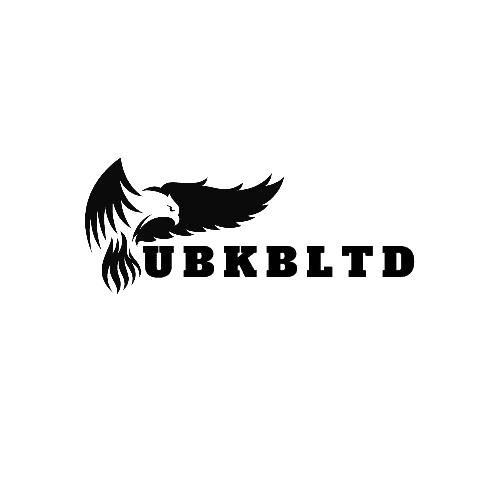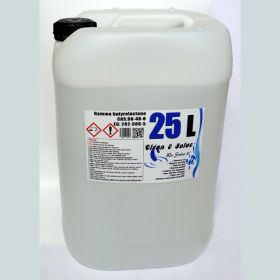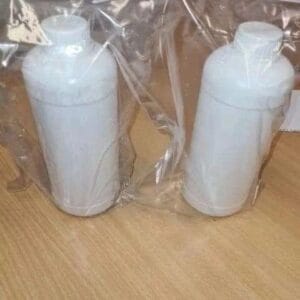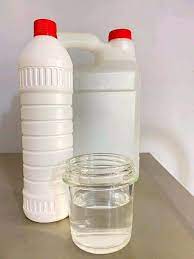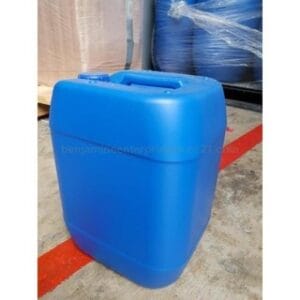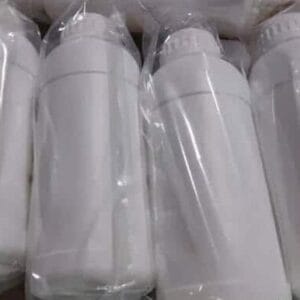Gamma-butyrolactone (GBL) and Gamma-Hydroxybutyrate (GHB) are closely related compounds that have garnered attention for their diverse applications and effects. Both substances belong to the family of gamma-aminobutyric acid derivatives and are characterized by their ability to affect the central nervous system. While GBL is primarily known as a solvent and an industrial chemical, GHB has gained notoriety as a recreational drug and is utilized in specific medical contexts.
GBL functions as an industrial solvent and is often employed in the manufacture of plastics and fibers and as a cleaning agent. Its unique chemical properties enable it to dissolve various substances effectively, making it a valuable asset in different manufacturing processes. GBL is also touted for its role in the production of certain medications and as a precursor to GHB. The latter is recognized for its potential therapeutic effects, particularly in treating conditions such as narcolepsy. However, the recreational use of GHB has led to its classification as a controlled substance in many regions.
The effects of GHB can elicit euphoria and relaxation; however, the substance can also induce sedation and loss of consciousness when consumed in high doses. As a result, both GBL and GHB are sought after for their psychoactive properties as well as their functionalities in various industries. Additionally, the need for purity in products containing these substances is paramount. A high standard of purity, ideally at least 99%, ensures safety and efficacy, particularly as both GBL and GHB are sensitive to impurities that could alter their chemical behavior and effects.
In summary, understanding GBL and GHB extends beyond their chemical structure; it encompasses their applications, effects, and the critical importance of maintaining high product purity levels. This knowledge aids consumers and industries alike in making informed decisions regarding the use of these compounds.
Bestsellers in CHEMICALS | BUY GBL ONLINE | GBL FOR SALE
25L GBL Wheel Cleaner
Liquid Gamma-Hydroxybutyrate (GHB)
$250.00 – $15,000.00- γ-hydroxybutyric acid
- γ-hydroxybutyrate
- GHB
- N01AX11 (WHO) N07XX04 (WHO)
- AU&lt;/abbr>:</small> S8 (Controlled drug)
- CA</small>: Schedule I
- DE: Prescription only (Anlage III for higher doses)
- NZ: Class B
- UK: Class C
- US: Schedule I / Schedule III
- EU: List I (Netherlands)
5L Liquid GHB
Gamma-Butyrolactone 99.9% Purity
$520.00 – $75,000.00Red Liquid Mercury
$1,400.00 – $250,000.003L Gamma-Hydroxybutyrate
HEDP Solution Corrosion Inhibitor
$450.00 – $15,000.00Showing 1–12 of 14 results
20L GBL Wheel Cleaner
25L GBL Wheel Cleaner
2L GBL Wheel Cleaner
$230.00 – $25,000.003L Gamma-Hydroxybutyrate
4L GBL 99.99% Pure
50L GBL Wheel Cleaner
5L Liquid GHB
BUY CALUANIE MUELEAR OXIDIZE (WHOLESALE)
$9,100.00 – $35,000.00Caluanie Muelear Oxidize (Retail)
$824.00 – $4,850.00Gamma-Butyrolactone 99.9% Purity
$520.00 – $75,000.00HEDP Solution Corrosion Inhibitor
$450.00 – $15,000.00Liquid Gamma-Hydroxybutyrate (GHB)
$250.00 – $15,000.00- γ-hydroxybutyric acid
- γ-hydroxybutyrate
- GHB
- N01AX11 (WHO) N07XX04 (WHO)
- AU&lt;/abbr>:</small> S8 (Controlled drug)
- CA</small>: Schedule I
- DE: Prescription only (Anlage III for higher doses)
- NZ: Class B
- UK: Class C
- US: Schedule I / Schedule III
- EU: List I (Netherlands)
